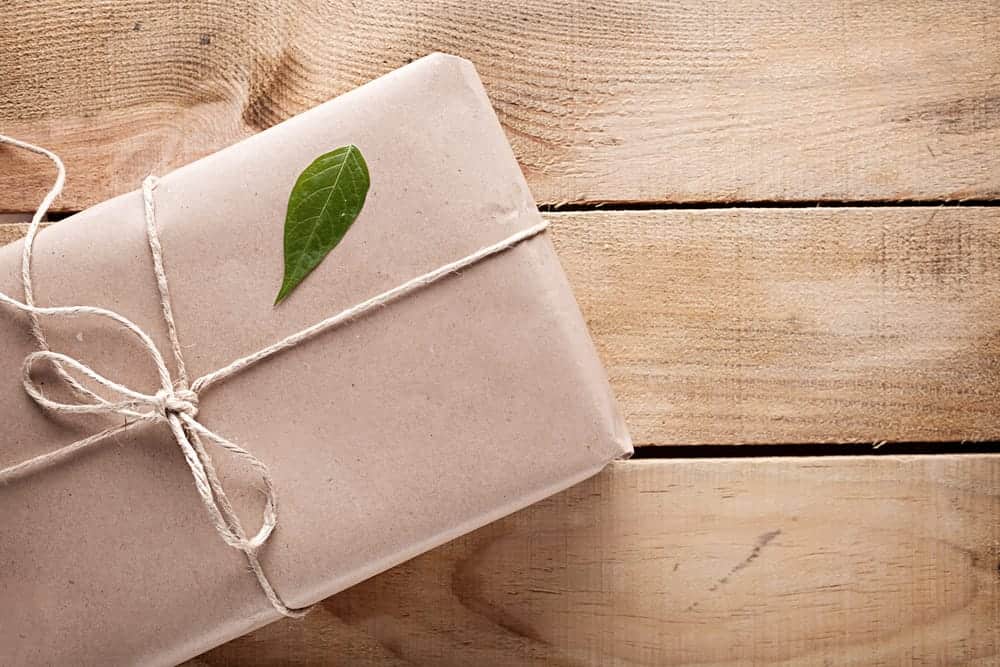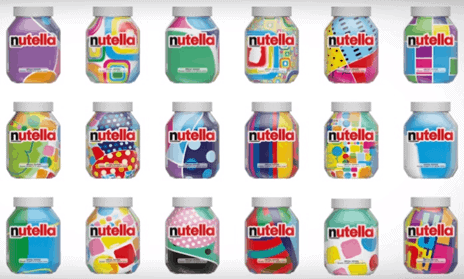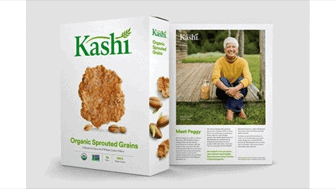Blog
Tips and Tricks for Branding Through Superior Packaging
Packaging is one of those things that can make or break your product. Poor or shoddy packaging is almost sure to turn consumers off your product, and it does not matter whether that product is from a multinational corporation or from a local producer at a morning market. How you present your product to the public is extremely important, but there are a few tips and tricks that can help you to find the right packaging.
Many countries have a wide selection of food products from which to choose and each year there are hundreds of newcomers to the market. Of the new products that come to market, statistics show that 95% of them are destined to fail, so if your product is top quality what can you do regarding packaging to ensure your products fall in the 5% of successful commodities?
Packaging Drives Purchasing
In a recently published study from MeadWestvaco, a remarkable statistic for every producer was highlighted. This statistic stated that 36% of purchasing decisions are made based on the packaging of the product. This percentage was higher than the rates allocated to television advertising, recommendations from friends or online reviews so it cannot be ignored by the savvy producer.
An example of this is the hugely successful campaign run by Nutella in Italy during 2017.
They took the graphic identity of Nutella and created seven million unique versions of it. Each version was placed on a single bottle which piqued the interest of buyers as they had the one and only bottle with that particular design on it. This resulted in the entire seven million bottles being sold out within a month.
Professional Skilled Advice
Most producers need professional help when it comes to this level of sophistication about packaging and its associated success in sales. Using the skills of a professional graphic designer will give you a skilled professional that has the ability to:
- a) Communicate a visual message about your brand to your customers.
- b) Design packaging that not only looks good but will also appeal to your customers.
- c) Design packaging that seamlessly blends in with your company logo, color scheme, website design and social media presence.
It can be expensive for a small company or for a start-up to afford the charges made by large design companies, but other options are available, that will give you access to professional staff.
Try looking online for freelancers that can help you to design your packaging. Some places to start are crowdspring or any of the freelancer sites. Be aware on the freelancer sites that you link up with a professional designer and ask for references before starting.
Professional design leads to trust in a product
This is an unusual connection, but it is true. The public associate professionally designed packaging with high-quality products and thus they have instinctive trust in those products.
An example of how professional design and unconventional thinking has benefitted the sales of a product is the story of the Kashi Company. They took the route of incorporating a story into their packaging which brought their range of organic snacks and breakfast cereals to the attention of the buying public.
They worked with designers to create an entirely new brand and new packaging that cleverly incorporated a story of how the cereal moved from farm to breakfast table. This created an active link between their customers and the people that grow the ingredients and process them into the product. It created a compelling message that attracted the customer.
Packaging alters customers perception of the product
In the design world, there are three Ws that must be adhered to if the design is to turn out well. These three Ws are:
- a) What is it? – the design must tell the customer about the product
- b) What does it do? – tell the customer what the product is or does.
- c) Where is the value? – tell the customer why they should buy it.
The power that packaging has to change the perceptions of the buying public has been examined by Malcolm Gladwell in his book, ‘Blink.’ In the book, he describes the work of Louis Cheskin, a marketing genius, who theorized that the impression that a customer has of the product can be influenced by their perception of the packaging.
For example, Cheskin found that adding a specific amount of yellow to the green in the packaging of the drink 7-Up, led customers to believe that the drink tasted more of lemon, even though the recipe for the drink had not changed. In a similar experiment, Cheskin found that when he added a sprig of parsley to the logo of the food company Hormel, customers had the perception that Hormel’s food was fresher than their competitors.
These realities are fundamental when selecting the design of your packaging. The use of color and images can influence the way that customers perceive your product. This perception can be both good or bad for your product, so it is vital that the packaging is top quality so the scales tip in favor of a good impression.
Your packaging should make an impact of its own
The art of unboxing has become an online phenomenon, and you should take some pages from the book of products that have made unboxing very popular. These are products that have studied the art of packaging so that people are encouraged to buy it, just to be able to unpack it and sell the video of them doing so.
Research – as with anything make sure you have done your research, and you know what your target demographic will look for in packaging. The values and norms of this group of people will strongly influence how you package your product for them. When you created your logo, you would have researched your competitors to ensure that your design was not too close to theirs and the same applies here. What are our competitors doing, you don’t want your product confused with theirs!
Customer enjoyment – put attention into how the customer is going to unpack the product. Make it impossible or painful and watch your sales drop. Think about high-end electronic goods and how neatly and carefully they are packed. Aim for a similar feeling.
Environmental Issues – be very careful about the amount of packaging that you use. Many consumers are acutely aware of the environmental impact of packaging so take care and consider eco-friendly packaging as much as possible especially concerning the use of plastic.
Take the time to teach
Do not believe that you can just put your food product into a box and sell it. Consumers are very savvy today, and they will want to read the box and see what the ingredients are. Consumers want to know where the product’s ingredients came from and what their nutritional value is. Make sure this is accurate and up to date.
Many customers are concerned about their health and look for organic products, products that are low in trans-fats, salt and sugar and they will look for unique things like gluten-free or high in a specific vitamin. If your product has one of these unique attributes, make sure it is front and center on the package. Catch the eye of the consumer so they will pick up the product and investigate further.
Take the time to create the right kind of packaging that will meet the expectations of your customers. An eye-catching design coupled with quality materials says a great deal about your product and will contribute to making it memorable. This attention to detail and painstaking market research with the skills of a professional designer will bring your product to the attention of that important person, the customer.







